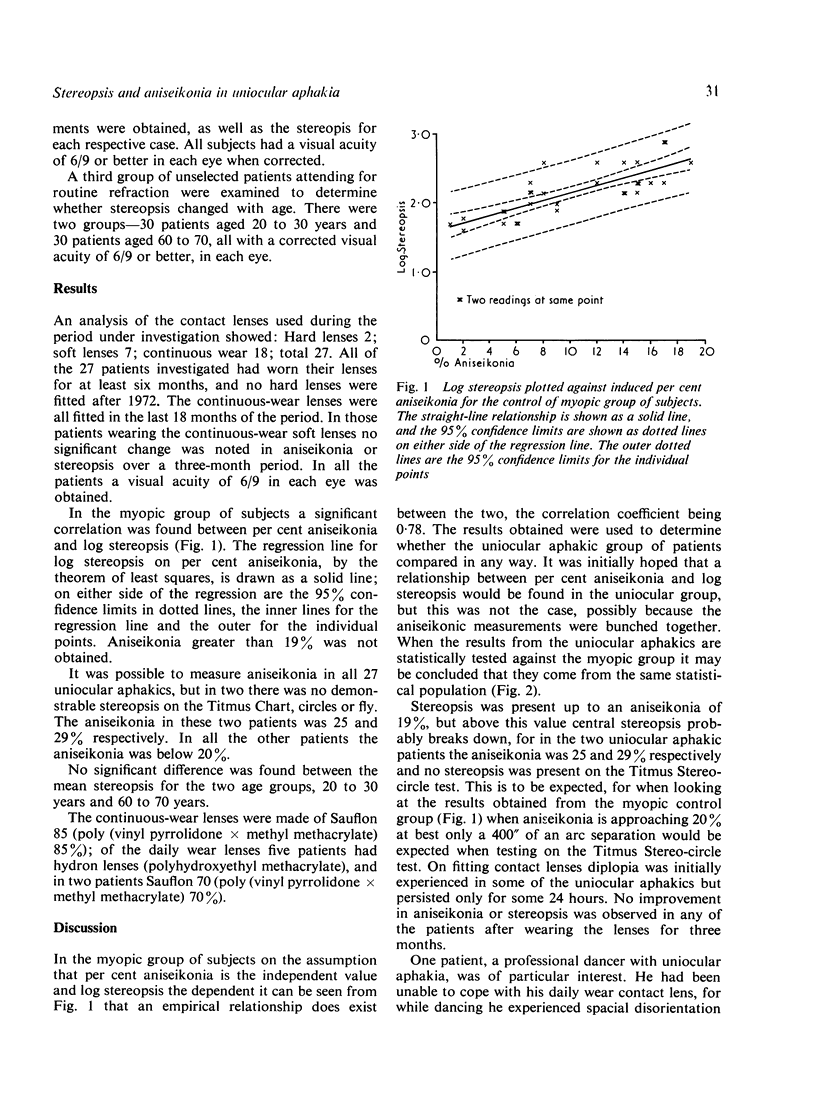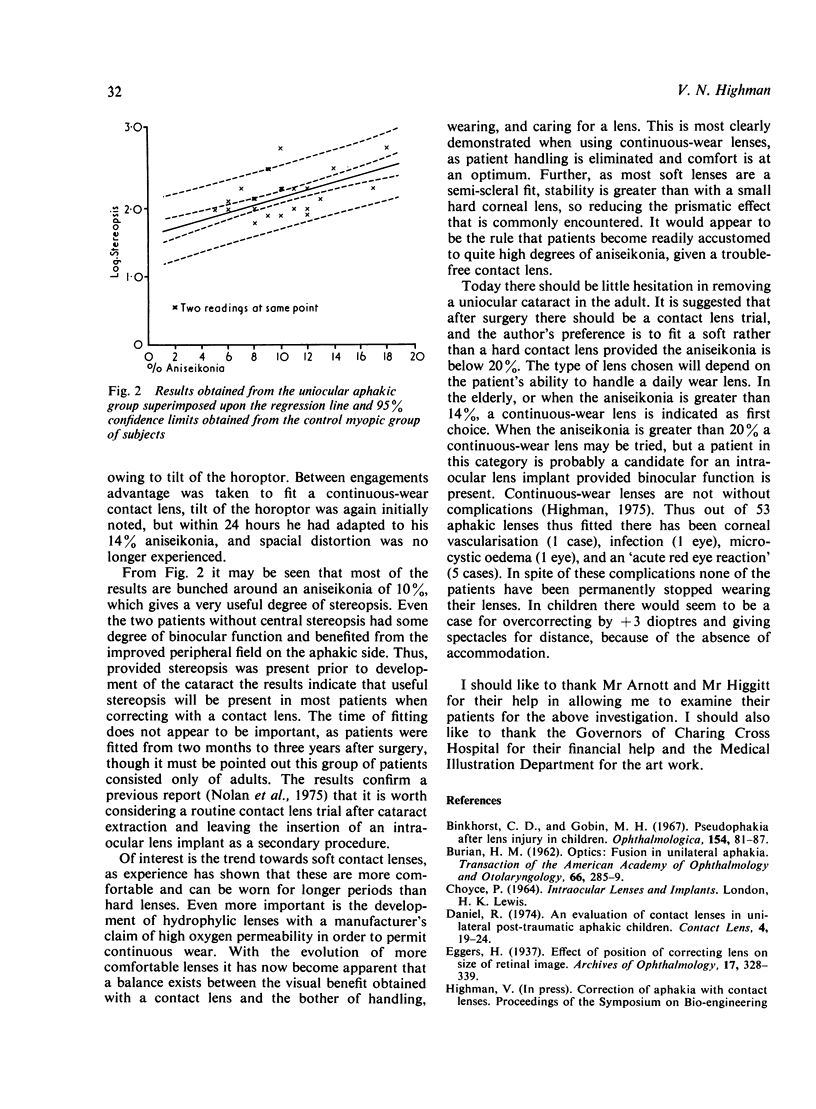Abstract
Uniocular aphakia in the adult when corrected with a contact lens is in most patients no obstacle to binocular function. The long-term result is a balance between binocular function obtained and the comfort of the contact lens, and in this respect the advent of the soft lens, and especially the continuous-wear lens, appears to be most promising.
Full text
PDF



Selected References
These references are in PubMed. This may not be the complete list of references from this article.
- Binkhorst C. D., Gobin M. H. Pseudophakia after lens injury in children. Ophthalmologica. 1967;154(2):81–87. doi: 10.1159/000305151. [DOI] [PubMed] [Google Scholar]
- TROUTMAN R. C. ARTIPHAKIA AND ANISEIKONIA. Am J Ophthalmol. 1963 Oct;56:602–639. doi: 10.1016/0002-9394(63)90010-2. [DOI] [PubMed] [Google Scholar]
- TROUTMAN R. C. Artiphakia and aniseikonia. Trans Am Ophthalmol Soc. 1962;60:590–658. [PMC free article] [PubMed] [Google Scholar]
- TROUTMAN R. C. Correction of unilateral aphakia. The use of intraocular lens implants. Arch Ophthalmol. 1962 Dec;68:861–869. doi: 10.1001/archopht.1962.00960030865020. [DOI] [PubMed] [Google Scholar]


